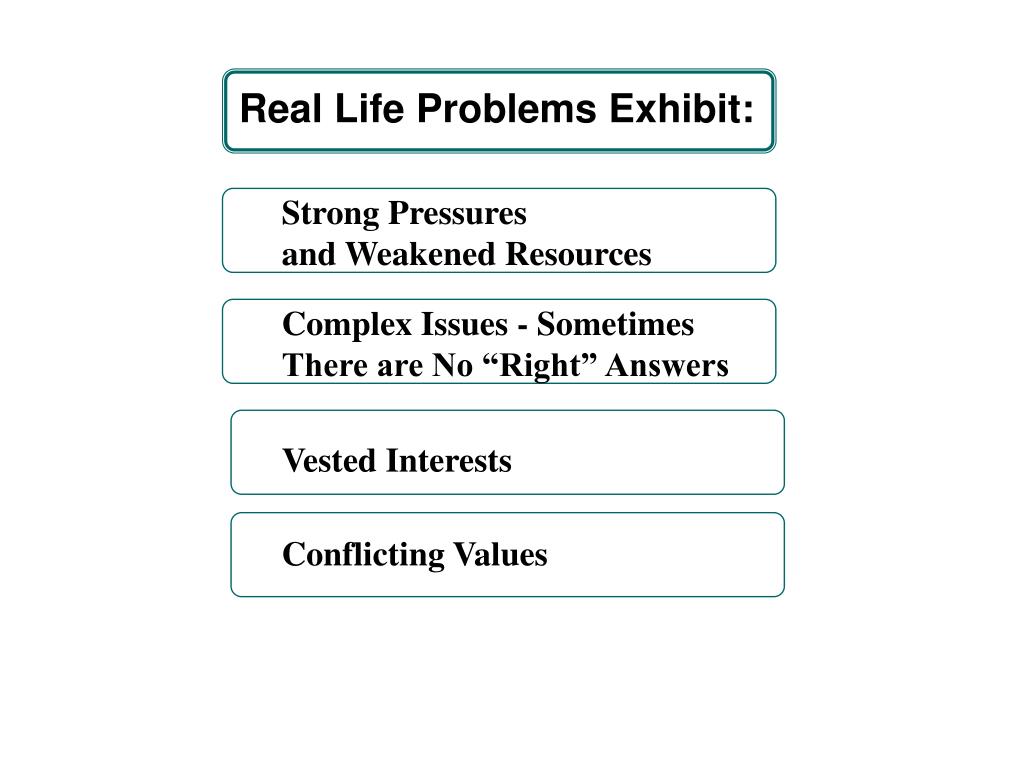

Based on the four criteria, each bridge received an overall rating, from “excellent” to “failing.” The engineers found that none of the bridges they evaluated were rated above “good.” In fact, 75% of all bridges in their study were just “satisfactory”-or worse! The ratings draw attention to problems with our country’s infrastructure and could result in more money for maintenance and repair. The engineers used pairwise comparisons to weigh and compare four criteria for 2,988 U.S. The system considers each bridge’s safety, use, riding comfort, and ability to withstand damage. This rating system decides which bridges to maintain, given a limited budget. So, engineers used the AHP to develop a bridge rating system. However, there is not enough money in the budget to fix every bridge. These repairs would cost a total of $123 billion. There are currently 56,000 bridges in the United States in need of repair. For example, it can be used to prioritize the maintenance of publicly used structures, like bridges. The AHP is used daily in manufacturing, business, engineering, and other industries. You can also use it to choose the most efficient process or route, such as evaluating whether to use private or public transit to get to school. For example, you can use it to select a product or service, like a car or airline flight. This method of comparison can be applied to many decisions. The higher the weight, the more important the criterion is to the overall decision. Every criterion receives its own importance weight. The AHP uses linear algebra to assess the results of each pairwise comparison.

Linear algebra is a type of math that helps us calculate the importance of criteria using matrices. Instead of comparing several criteria at once, they are compared two at a time. It does this by using a concept called pairwise comparisons. The AHP combines math and psychology to compare several options and select the best one. Maybe there are more criteria involved in the decision-not just two as in the bike example.

The AHP is particularly helpful when you are making a decision with no clear best choice. A hierarchy is a system of ranking different options against each other based on importance. Another method that could help you process all the information and make your decision is called the analytic hierarchy process (AHP). We may also seek others’ advice or make a list of pros and cons. Which is the more important criterion to you-cost or features? Or maybe something else? We sometimes make decisions by following our gut instincts or relying on past experiences. Bike A is cheaper than Bike B, but Bike B has a lot more features than Bike A. How do you make complex decisions with no obvious best answer? Imagine you need to purchase a new bike. It helps you make hard decisions by comparing multiple alternatives to make the best choice. When faced with a difficult decision, how do you consider every option to pick the best one? The analytic hierarchy process is one method you can use. But others have a greater impact on your future, like choosing which university to attend. Did you know you make an average of 35,000 decisions each day? Some of these choices are relatively unimportant, like deciding what to eat for breakfast.


 0 kommentar(er)
0 kommentar(er)
